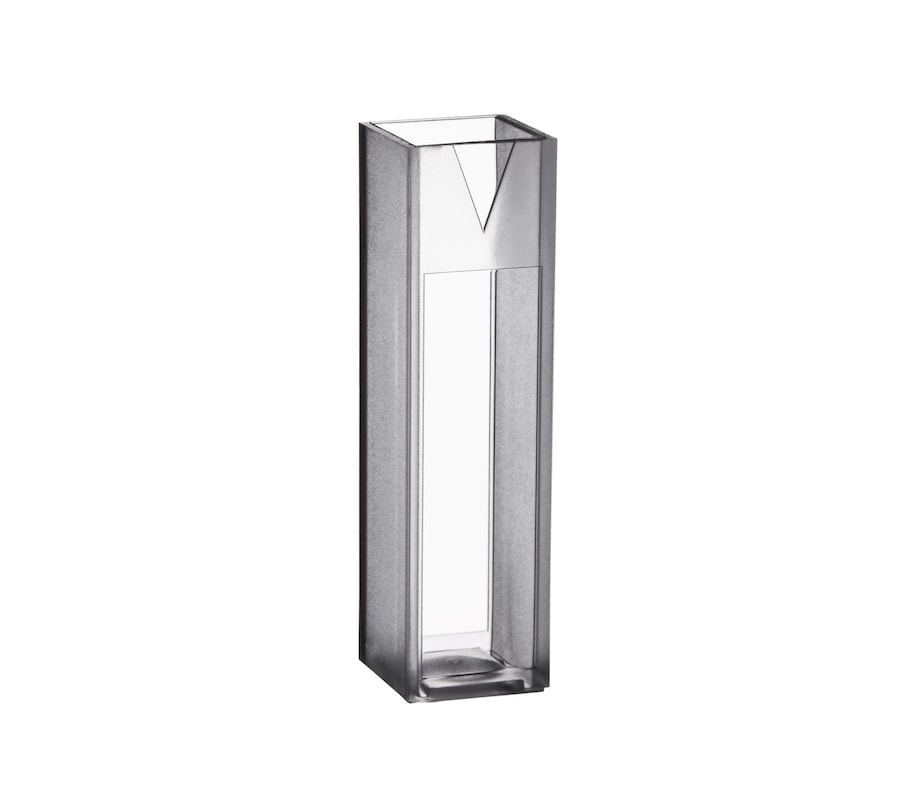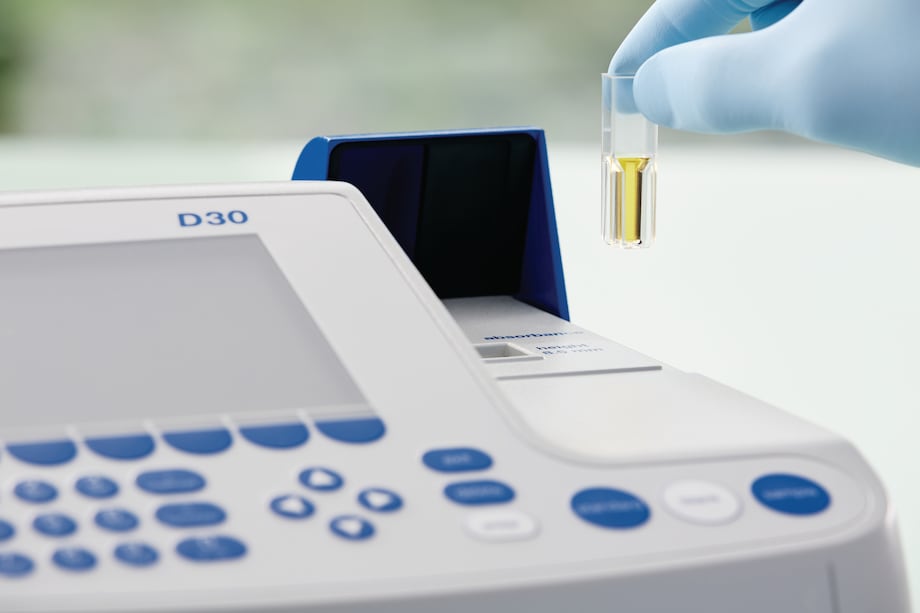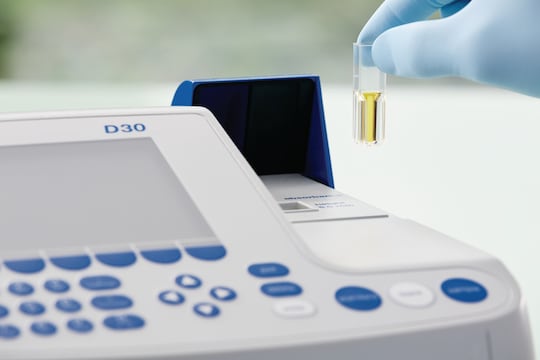メニュー
JP | JPY
-
-
-
- Challenges and Chances: A Review of the 1st Stem Cell Community Day
- Summertime, and the Livin’ Is Easy…
- Follow-on-Biologics – More than Simple Generics
- Bacteria Versus Body Cells: A 1:1 Tie
- Behind the Crime Scene: How Biological Traces Can Help to Convict Offenders
- Every 3 Seconds Someone in the World Is Affected by Alzheimer's
- HIV – It’s Still Not Under Control…
- How Many Will Be Convicted This Time?
- Malaria – the Battle is Not Lost
- Physicians on Standby: The Annual Flu Season Can Be Serious
- At the Forefront in Fighting Cancer
- Molecular Motors: Think Small and yet Smaller Again…
- Liquid Biopsy: Novel Methods May Ease Cancer Detection and Therapy
- They Are Invisible, Sneaky and Disgusting – But Today It’s Their Special Day!
- How Many Cells Are in Your Body? Probably More Than You Think!
- What You Need to Know about Antibiotic Resistance – Findings, Facts and Good Intentions
- Why Do Old Men Have Big Ears?
- The Condemned Live Longer: A Potential Paradigm Shift in Genetics
- From Research to Commerce
- Chronobiology – How the Cold Seasons Influence Our Biorhythms
- Taskforce Microbots: Targeted Treatment from Inside the Body
- Eyes on Cancer Therapy
-
-
-
-
-
- Challenges and Chances: A Review of the 1st Stem Cell Community Day
- Summertime, and the Livin’ Is Easy…
- Follow-on-Biologics – More than Simple Generics
- Bacteria Versus Body Cells: A 1:1 Tie
- Behind the Crime Scene: How Biological Traces Can Help to Convict Offenders
- Every 3 Seconds Someone in the World Is Affected by Alzheimer's
- HIV – It’s Still Not Under Control…
- How Many Will Be Convicted This Time?
- Malaria – the Battle is Not Lost
- Physicians on Standby: The Annual Flu Season Can Be Serious
- At the Forefront in Fighting Cancer
- Molecular Motors: Think Small and yet Smaller Again…
- Liquid Biopsy: Novel Methods May Ease Cancer Detection and Therapy
- They Are Invisible, Sneaky and Disgusting – But Today It’s Their Special Day!
- How Many Cells Are in Your Body? Probably More Than You Think!
- What You Need to Know about Antibiotic Resistance – Findings, Facts and Good Intentions
- Why Do Old Men Have Big Ears?
- The Condemned Live Longer: A Potential Paradigm Shift in Genetics
- From Research to Commerce
- Chronobiology – How the Cold Seasons Influence Our Biorhythms
- Taskforce Microbots: Targeted Treatment from Inside the Body
- Eyes on Cancer Therapy
-
-
JP | JPY
Eppendorf Vis Cuvettes
VIS Cuvette semi-micro

Eppendorf semi-micro Vis Cuvette: Up to 3 mL filling volume
VIS Cuvette macro

Eppendorf macro VIS cuvette: Up to 4.5 mL filling volume
BioPhotometer with Vis Cuvette

Eppendorf Vis Cuvettes: Optimal solution for applications outside of the UV range
製品情報
透明プラスチック製の使い捨てキュベットEppendorf Vis Cuvettesは、光透過率が300 nm~900 nm これらのキュベットは、UV領域を使用しないアプリケーション、たとえば、タンパク質比色分析(Bradford、Lowry、など)、バクテリアの光学密度測定(OD600法)、カイネティック測定、および蛍光測定に対する完璧なツールです。追加でダウンロードできる材料がありますこのページの最後に
製品情報
テクニカルデータ
特徴
製品情報
Eppendorf Vis Cuvettesは、分光測光器または測光器用の300 nmから900 nmの光透過率を持つ透明なプラスチック製の使い捨てキュベットです。 Vis Cuvettesは、UV領域を使用しないアプリケーション、たとえば、タンパク質比色分析(Bradford, Lowry、など)、バクテリアの光学密度測定(OD 600法)、カイネティック測定、および蛍光測定に対する完璧なツールです。 測定する容量に応じて、セミマイクロまたはマクロキュベットをお選びいただけます。
バクテリアの光学密度測定(OD 600法)またはカイネティック測定を決定するタンパク質比色分析(Bradford, Lowry、など)などの共通光度アプリケーションは、多くの場合、標準曲線と多くのサンプル測定が必要となります。 この高い処理量を維持するために、Vis Cuvettesでは100 キュベットが10 箱に梱包されています。 各キュベットへのアクセスが便利になるので、箱はキュベットを安全に保管できます。 Vis Cuvettesは、12.5 mm x 12.5 mmのキュベットに対応する共通の測光器で使用することができます。
安全な取り扱いのために、キュベットは特定のキュベットホルダーと組み合わせて取り扱われるべきです。
バクテリアの光学密度測定(OD 600法)またはカイネティック測定を決定するタンパク質比色分析(Bradford, Lowry、など)などの共通光度アプリケーションは、多くの場合、標準曲線と多くのサンプル測定が必要となります。 この高い処理量を維持するために、Vis Cuvettesでは100 キュベットが10 箱に梱包されています。 各キュベットへのアクセスが便利になるので、箱はキュベットを安全に保管できます。 Vis Cuvettesは、12.5 mm x 12.5 mmのキュベットに対応する共通の測光器で使用することができます。
安全な取り扱いのために、キュベットは特定のキュベットホルダーと組み合わせて取り扱われるべきです。


あなたのキュベットの安全なラインナップが必要ですか?
軽量で設置面積が小さいため、キュベットはベンチに傾く傾向があります。 これらの事故による高価なサンプルのこの損失を避けるために、キュベット専用のラックをお勧めします。 これらのラックには、キュベット用の特別な四角い穴があります。
一番上には、特定のラックに個々のサンプルが入ったいくつかのキュベットが並んでいるため、サンプルが混同される危険性が少なくなります。


ビデオ – Eppendorfバイオスペクトロメータを使用した比色同定用標準曲線を簡単にプログラミング
もっと読む
読む量をもっと少なくする
テクニカルデータ
| 仕様 | Macro Vis Cuvette | Semi-micro Vis Cuvette |
|---|
| 梱包 | 1,000 cuvettes (10 箱 × 100 cuvettes) | 1,000 cuvettes (10 箱 × 100 cuvettes) |
| 寸法(W × D × H) | 12.5 × 12.5 × 45 mm | 12.5 × 12.5 × 45 mm |
| タンパク質比色分析 | はい | はい |
| 蛍光測定 | はい | はい |
| 光透過率 | 300 nm – 900 nm | 300 nm – 900 nm |
| 最大充填容量 | 4500 µL | 3000 µL |
| 光源の高さ | すべての一般的なセルの高さ | すべての一般的なセルの高さ |
| Eppendorf BioPhotometer®での使用 | はい | はい |
| Eppendorf BioPhotometer®での使用 | はい | はい |
| OD 600法 | はい | はい |
| 温度制御 | はい | いいえ |
| サンプル光路長 (mm) | 10 mm | 10 mm |
| キュベットブランク | - | - |
| 材質 | PMMA | PMMA |
| dsDNA 濃度範囲 (UV 260 nm) | 1 pg/µL 1,000 pg/µL (Pico Green 分析) | 1 pg/µL 1,000 pg/µL (Pico Green 分析) |
| BSA濃度範囲 (UV 280 nm) | 0.01 ng/µL – 0.01 µg/µL (NanoOrange 分析) | 0.01 ng/µL – 0.01 µg/µL (NanoOrange 分析) |
|
最小充填容量 |
||
| Eppendorf光度計 | 1000 µL | 400 µL |
| 他メーカーデバイスの中 | 2500 µL | 1500 µL |
特徴
- さまざまな容量およびアプリケーションに対応した、2つの異なるキュベットサイズ(セミミクロおよびマクロ)
- 透明プラスチック製の使い捨てキュベット、光透過率が300 nm~900 nm









